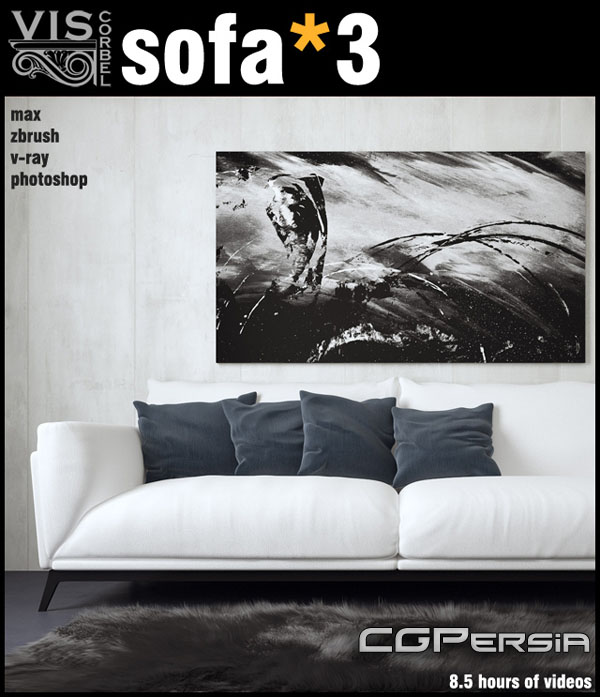
VisCorbel.com – Sofa*3


3h 04m | 857 MB | Project Files 25 MB | Required Software: Houdini
Continue Reading

2h 24m | 979 MB | Project Files 132 MB | Required Software: ASSIMILATE SCRATCH?
Continue Reading

2h 53m | 950 MB | Project Files 60 MB | Required Software: ASSIMILATE SCRATCH?
Continue Reading

Intermediate | 2h 46m | 1.12 GB | Project Files 18 MB | Required Software: Vue 10 xStream
Continue Reading

Beginner | 2h 18m | 983 MB | Project Files 1 MB | Required Software: After Effects CS5.5
Continue Reading

10h 07m | 3.30 GB | Project files 2.30 GB | Required Software: Adobe After Effects CS6
Continue Reading

Advanced | 2h 23m | 1.44 GB | Project Files 431 MB | Required Software: Maya 2012, V-Ray, Photoshop CS6
Continue Reading